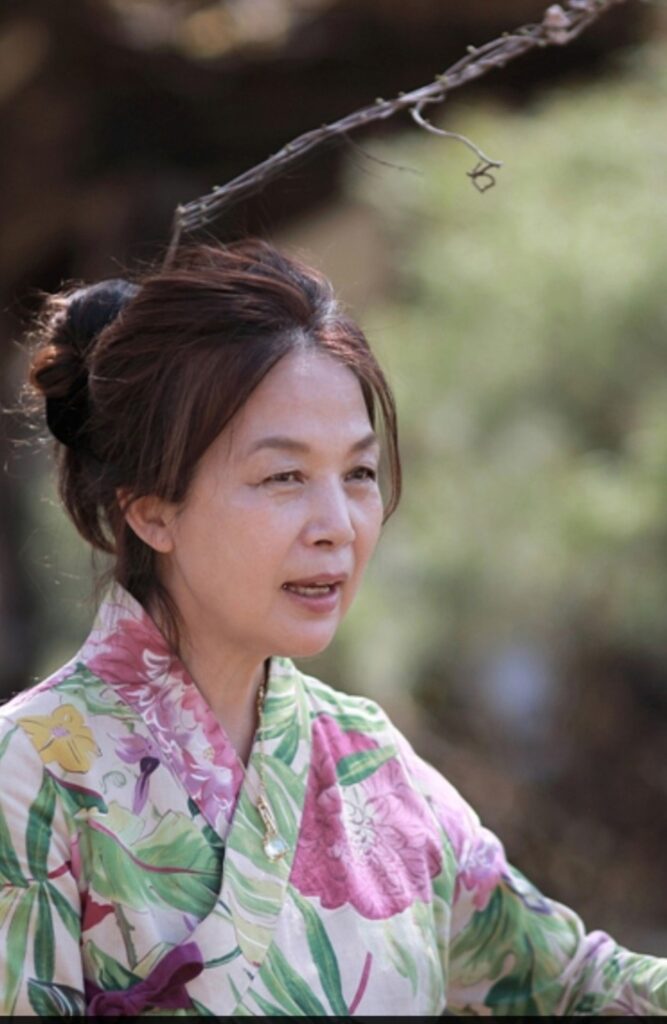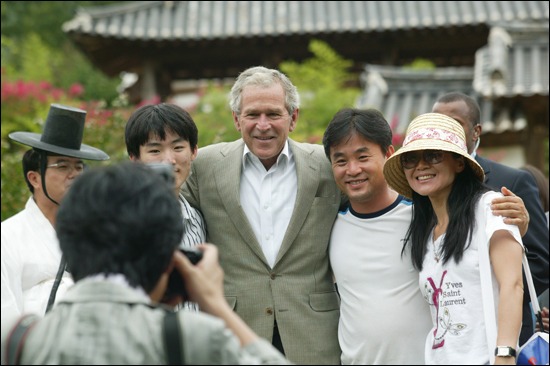By Saadia Ajbaili (Brussels,Belgium)
In 2025, London and Paris—Europe’s cultural epicenters—became unlikely stages for a profound encounter with Andong, South Korea’s bastion of Confucian tradition. At the heart of this exchange was Suwun Japbang, a 16th-century culinary manuscript preserved by the Gwangsan Kim family, which transcends mere recipes to embody a philosophy of ritual, hospitality, and lineage. Far from being a fleeting food festival gimmick, the exhibitions of Andong’s noble cuisine, rooted in this text, challenge Europe’s gastronomic imagination. They propose a radical vision: not just tasting Korea’s heritage, but inhabiting it through immersive tourism in Andong itself. Yet, as this cultural dialogue unfolds, critical questions arise about authenticity, accessibility, and the commodification of heritage in a globalized world.

A Living Archive, Not a Cookbook
Suwun Japbang is no ordinary relic. Unlike Europe’s celebrated culinary tomes, it’s a holistic manual—codifying not just dishes like Andong jjimdak or heot jesa bap, but the etiquette, seasonality, and communal ethos of the yangban nobility. Preserved through centuries, once buried to survive turmoil, it represents a living archive of Korea’s jongga system, where daughters-in-law inherit the duty of cultural stewardship. This matrilineal continuity mirrors Europe’s artisan guilds, yet its presentation in London and Paris revealed a deeper ambition: to position Andong as a global destination where food is a gateway to philosophy.
The exhibitions were a masterclass in cultural translation. Rather than pandering to Europe’s appetite for exoticism, they emphasized shared values—seasonality, fermentation, respect for ingredients—that resonate with concepts like terroir and slow food. Andong’s soy-based dishes, paired with Burgundy wines or local cheongju, invited comparisons to Europe’s aged cheeses or balsamic reductions. But the real triumph was conceptual: presenting food as a “recorded table,” a narrative of place and time that could lure travelers to Andong’s UNESCO-listed Hahoe Village, Byeongsan Seowon, and Dosan Seowon.
Andong’s Promise and Perils
Andong’s potential as a cultural tourism hub is undeniable. Hahoe Village, unlike sanitized heritage sites, pulses with lived Confucian traditions, offering authenticity that could rival Tuscany’s vineyards or Provence’s markets. Dishes like Andong soju or ritual feast rice carry a depth that aligns with Europe’s reverence for craft. Yet, the path to global appeal is fraught with challenges.

First, accessibility remains a hurdle. European visitors, accustomed to polished tourism infrastructure, may find Andong’s language barriers and limited interpretive resources daunting. Without robust English and French guides—or digital tools explaining the philosophical weight of a dish like heot jesa bap—the experience risks being reduced to a superficial photo-op. Second, marketing must tread carefully. Positioning Andong as “heritage gastronomy” demands nuance to avoid the trap of orientalism that often plagues Asian cultural exports. Collaborations with Europe’s culinary magazines or platforms like Eater could help, but only if they prioritize scholarship over sensationalism.

Sustainability is another concern. Tourism can erode the very authenticity it seeks to celebrate. Andong must ensure that revenue from initiatives like hanok stays or culinary workshops benefits local artisans and households, not just external operators. Models like those in Japan’s Kiso Valley, where community-led tourism preserves cultural integrity, could guide Andong’s approach.
Envisioning the Traveler’s Journey
The exhibitions laid out a blueprint for transformative tourism:
- The Recorded Table Tour: Curated dinners inspired by Suwun Japbang, blending Andong’s soy-based cuisine with European wines, narrated by experts to contextualize rituals.
- Heritage Stay Package: Immersive stays in Hahoe Village, including household meals, soju distillery visits, and nighttime tours of Confucian academies illuminated by storytelling.
- Culinary Workshop Route: Masterclasses with Korean mentors, partnered with institutions like Le Cordon Bleu, to teach fermentation techniques and ritual cooking.

These programs could redefine cultural tourism, but they demand investment in infrastructure—better transport links from Seoul, multilingual guides, and digital storytelling platforms. Without these, Andong risks being a niche curiosity rather than a global draw.
A Critique of Cultural Ambition
The Suwun Japbang exhibitions succeeded in elevating Andong beyond Korea’s domestic tourism circuit, but they also expose a tension. Andong’s heritage is profoundly local, tied to the Gwangsan Kim family and Confucian ethics, yet its global pitch requires universalizing that intimacy. This risks diluting the very specificity that makes it compelling. European audiences, conditioned by Instagram-driven travel, may clamor for curated “experiences” that reduce Andong to a backdrop for selfies rather than a site of reflection.
Moreover, the exhibitions’ reliance on elite venues like London and Paris raises questions about inclusivity. Why not Berlin or Lisbon, cities with younger, more diverse audiences hungry for authentic cultural exchange? Andong’s ambassadors must broaden their outreach to avoid preaching to a rarefied choir.

A Dialogue Across Continents
Andong’s foray into Europe via Suwun Japbang is a bold gambit to redefine cultural tourism. It positions the city not as a museum piece, but as a living classroom where food, philosophy, and community converge. Yet, its success hinges on execution—balancing authenticity with accessibility, depth with marketability. If Andong can navigate these challenges, it could become a beacon for slow, meaningful travel, inviting Europeans to not just taste its heritage, but to dwell in its story. The table is set; the question is whether the world will sit down.




